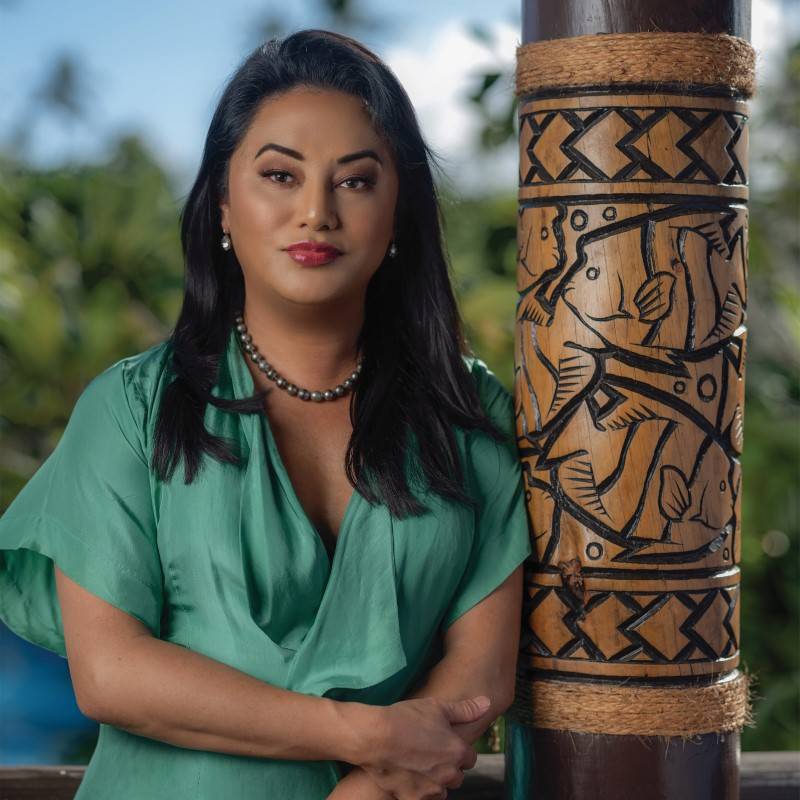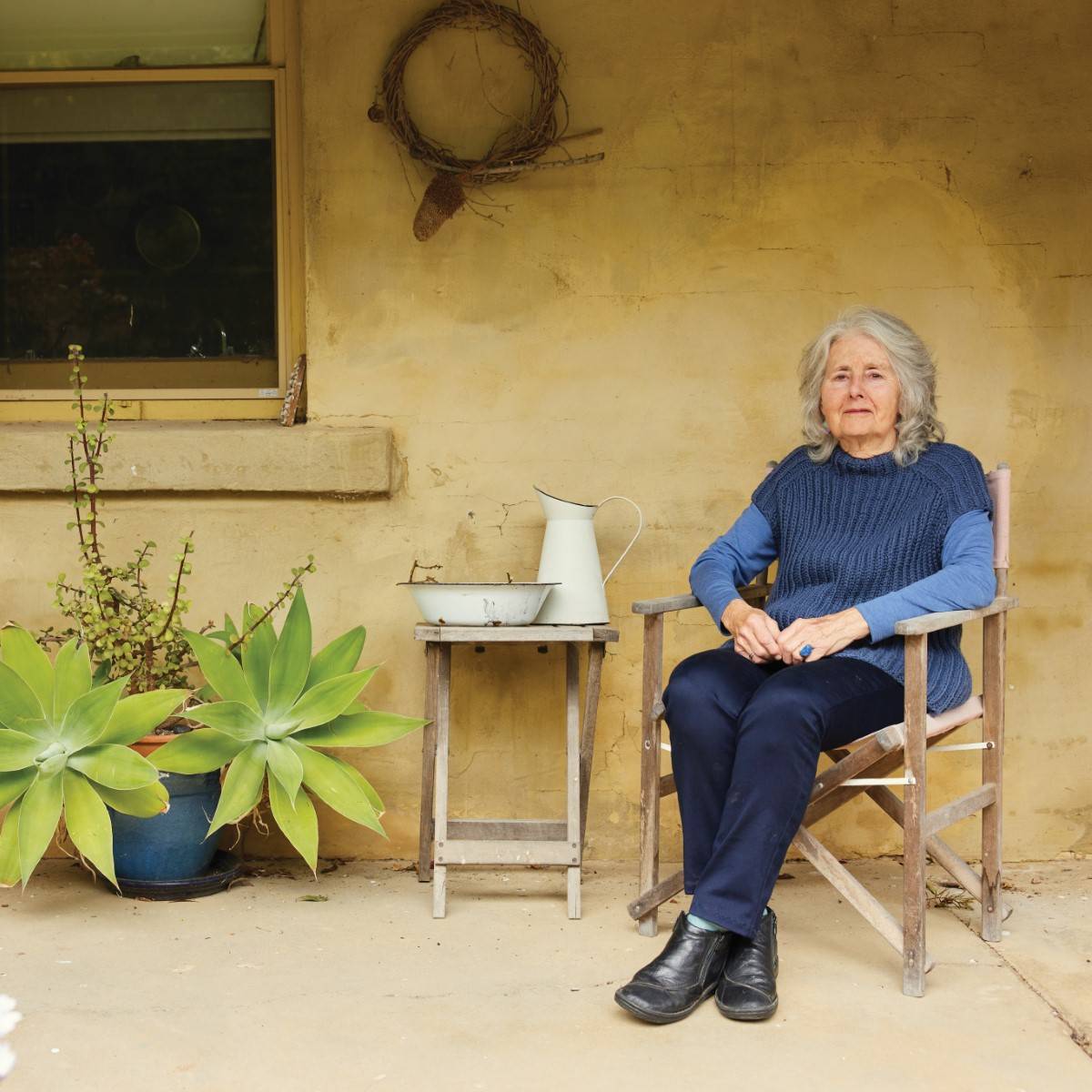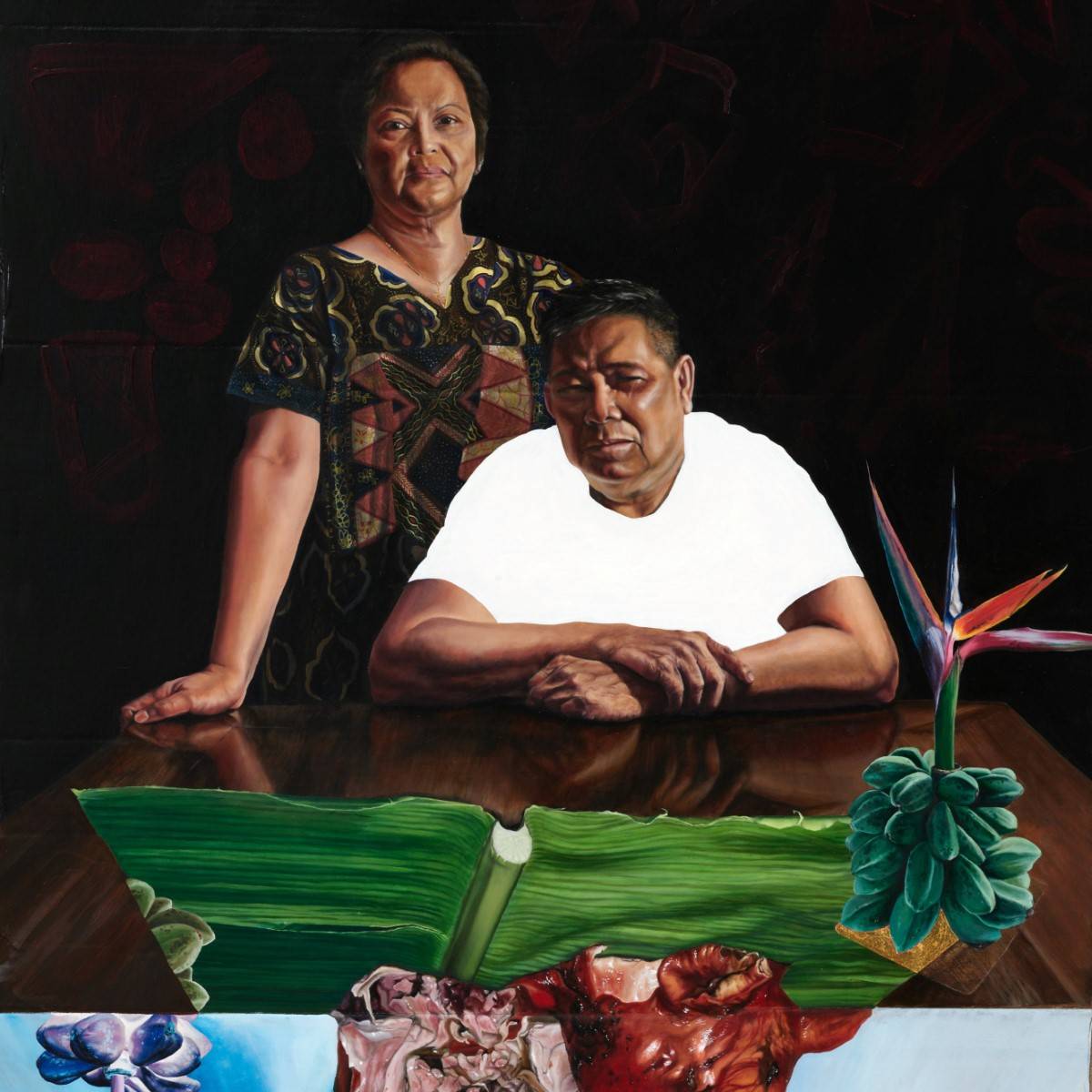Yuki Kihara: In The Way Of A Woman
The multi-disciplinary works of Yuki Kihara combine universal narratives with the authority and authenticity of the local, as she engages with the politics of identity, decolonisation and ecological threats pertaining to her Samoan Pacific Island home.
Words: Reuben Friend
Photography: Gui Taccetti
The art of Japanese Sāmoan fa’afafine multimedia and performance artist Yuki Kihara presents a rich tapestry of media and complex contemplations on Asia-Pacific trans-nationalism, gender identity and the emerging environmental crises of the Anthropocene. Fa’afafine are unique to Samoa. The term fa’afafine refers to men who are raised and identify as females, and means, in the way of a woman, and has been around since the early 20th Century.
Kihara grew up with her family in Japan before moving to Sāmoa as a child and eventually Aotearoa New Zealand where she undertook formal studies in art and fashion. Initially focusing on the colonial gaze in the Pacific, drawing on 19th and early 20th century colonial photographs, her photographic series Fa’a fafine: In a Manner of a Woman was exhibited at the Metropolitan Museum of Art in New York in 2008, and she has since gone on to represent Aotearoa New Zealand at the 59th Venice Biennale of Art in 2022. Kihara was the first Asian, the first Samoan and the first transgender fa’afafine artist to represent Aotearoa New Zealand.
Kihara’s 2022 Venice presentation, Paradise Camp, presented an immersive installation of photography of Sāmoan landscapes and portraits. The photographs reimagined the paintings of 19th century French Impressionist painter Paul Gauguin, reconstructing Gauguin’s paintings as staged photographs of fa’afafine, positing the theory that Gauguin’s subjects were not necessarily young women, but more likely fa’afafine posed in the manner of women. The artist’s research and thoughts on transcultural and transgender Moana identity politics are seen here, paired with decolonial strategies for the resurgence of Indigenous knowledge systems and ways of being.
Returning to live in Sāmoa in recent years has broadened the artist’s research interests, conducting first hand research into marine ecology and the ongoing impacts of climate change on ocean habitats around the islands of Sāmoa. The result of this research is seen in Kihara’s 2019 installation サ-モアのうた (Sāmoa no uta) A Song About Sāmoa, with an extraordinary combination of textiles and customary printmaking and painterly practices from Japan and Sāmoa. The installation takes the form of five Japanese furisode kimono, a style of kimono that is customarily worn by young unmarried woman. Made of siapo (Sāmoan bark cloth), these works are an evocation of the artist’s trans-national heritage and fa’afafine gender identity. Kihara’s adornment of the furisode kimono, a gown usually reserved for young unmarried women, is a political act for LGBTQI+ and Tāngata Moana (Pacific People’s) MVPFAFF queer communities (mahu, vakasalewa, palopa, fa’afafine, akava’ine, fakaleiti (leiti) and fakafifine).
Adorned across this suite of kimono are printed images of tropical beach scenes, painting an idyllic picture of Sāmoa as a thriving paradise, subverted by the inclusion of litter and other forms of detritus introduced by people. The beauty of the works belie a tale of devastation that has just started to unravel, as unprecedented levels of pollution and carbon emissions from the industrial superpowers of the world increasingly impinge on the viable existence of ocean life, and by extension the livelihood of Oceanic peoples.
PROF. NATALIE KING
Curator and writer
“In 2010, Yuki Kihara came to Melbourne to give a lunchtime lecture at the Victorian College of the Arts where I am based, and we had dinner that night. Little did I know that we would form an artist-curator duo and apply to represent Aotearoa New Zealand at the 59th Venice Biennale 2022.
“Yuki’s practice is immeasurably creative, socially engaged, funny and fierce. She has a material dexterity and a deep commitment to representing her own fa’afafine community in enabling ways. Her philosophy is go big or go home and she brings ambition, scale and relevance to her practice that I have found deeply compelling.
“Yuki’s work addresses some of the most urgent issues of our times including small island ecologies, intersectionality, climate crisis and the injuries of colonisation told through dazzling images of hope and defiance. She has certainly taken her place on the global stage from a staunchly Pasifika perspective.
“Her work is for and about the fa’afafine community in Samoa, and tells stories of resilience from a uniquely Pasifika perspective. At the Venice Biennale – the most prestigious and oldest visual arts event – we garnered immense press from CNN and The Guardian and visitation swelled to almost half a million visitors. A new iteration of Paradise Camp is currently on display at Powerhouse Museum in Sydney whereby Yuki continues her local engagement by working with drag, diva activist Harold Samu on BERTHA – a new commission comprising recycled Pacific dolls wearing miniature costumes worn by BERTHA during her many performances.
“The Powerhouse Museum will present Talanoa Forum: Moana Rising at on 10, 11, 12 October for an interdisciplinary program highlighting Pacific alliances, climate justice and decolonial museology.”
STEPHEN HIGGINSON
Director, Milford Galleries, Dunedin and Queenstown
“Kihara is an interdisciplinary artist whose work achieves that rare duality of universal narratives and concerns delivered with the authority and authenticity of the local and particular. Her works explore the politics of identity, decolonisation and ecological threats to the Pacific.
“She represented New Zealand at the Venice Biennale in 2022 with Paradise Camp which received huge attention and critical acclaim. She has exhibited at the Metropolitan Museum of Art in 2008, received many prestigious awards in New Zealand and residencies internationally, and is represented in numerous collections of significance such as The British Museum, Los Angeles County Museum of Art, Scotland National Museum, Glyptotek Copenhagen, Queensland Art Gallery of Modern Art, Metropolitan Museum and Museum of New Zealand Te Papa Tongarewa. Paradise Camp is currently showing at Powerhouse Museum, Sydney and will tour the United Kingdom from February 2025.
“Kihara’s next projects include new lenticular photographs and in December 2023 the fourth in the extended kimono series Samoa no uta (A Song about Samoa): Taiheiyo (Pacific) will be exhibited at Milford Galleries, Dunedin. The (siapo cloth) kimono series (made from the lau’ua bark of the paper mulberry tree under extreme threat from sea level rise) depicts the climate change consequences for all the Pacific of Neoliberal capitalism’s hollow promises. It builds dialogues with ancestors and spirits, contrasts traditional knowledge structures, presents ecological degradation and mytho-histories in a cross-cultural act of bravura story-stelling.
“Milford Galleries has represented Kihara since 2012. Her work is collected by institutions and collectors worldwide. Prices range from $5,000 for edition works up to $225,000.”
This article was originally published in Art Collector issue 106, October-December 2023.
FOLLOW THIS ARTIST
Featured Image: Yuki Kihara, サ-モアのうた (Sāmoa no uta) A Song About Sāmoa – Taiheiyō (Pacific), 2023. 5 piece installation, Sāmoan siapo, textiles, beads, plastic. Courtesy: the artist and Milford Galleries, Dunedin and Queenstown.










